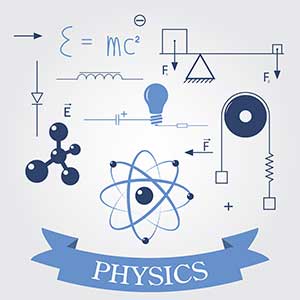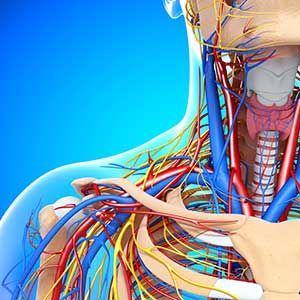Your cart is currently empty!
Physics
High school students in this course begin their exploration of physics by reviewing the International System of Units (SI), scientific notation, and significant digits. Students will then learn about motion, gravity, the basics of thermodynamics, principles of electricity and magnetism, the principles of Modern Physics, and more.
Semester A
Students begin their exploration of physics by reviewing the International System of Units (SI), scientific notation, and significant digits. They then learn to describe and analyze motion in one- and two-dimensions. Students learn about gravity and Newton’s laws of motion before concluding the course with an examination of circular motion, energy, and simple machines. Students apply mathematical concepts, such as graphing and trigonometry, in order to solve physics problems.
Semester B
Physics B continues the student’s exploration of mechanics while also guiding them through some other important topics of physics. Students begin by exploring simple harmonic motion, wave properties, and optics. Students then learn the basics of thermodynamics and fluids. Afterwards, the students explore the principles of electricity and magnetism. Finally, students explore the area of physics known as Modern Physics, which includes topics such as the photoelectric effect, nuclear science, and relativity. This is a trig-based course. It is assumed students know and can use trigonometry.
Semester A
Enduring Understandings of this course:
- Physics uses a knowledge of physical properties to answer theoretical questions; technology is a method of solving practical problems.
- Measurement is a process that assigns appropriate numerical values to physical quantities.
- There are specific rules and guidelines that explain the motion of all objects in the universe.
- Forces cause a change in an object’s motion.
- Force, work, and energy are directly related variables that describe basic natural phenomena.
- Momentum is inertia in motion.
Semester B
Enduring Understandings of this course:
- Waves are various disturbances that transfer energy without transferring matter.
- When the temperature of matter increases, the atoms in the matter speed up and increase the internal energy of the substance.
- A buoyant force, which is responsible for floating or sinking, is equal to the weight of the fluid displaced.
- The flow of electricity is determined by movement of electrons from one location to another, the rate at which the electrons move, and the resistive characteristics of the material carrying the electrons.
- Electrical charge can induce magnetism.
- Light is both a wave and a particle.
- An unstable nucleus will decay over time and emit radiation.







